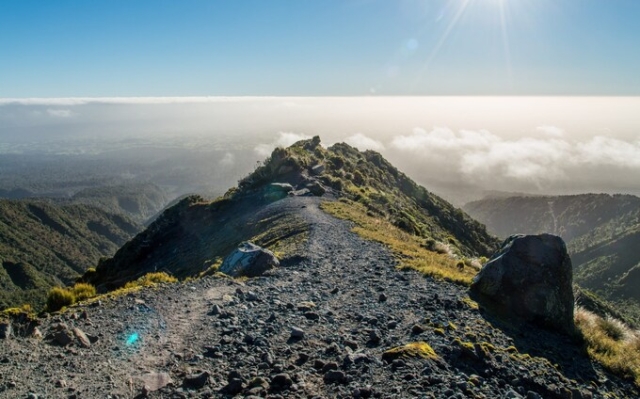 Mount Taranaki is the second highest peak on the North Island, standing at over 8,000 feet. Photo: BOY ANUPONG/MOMENT RF
Mount Taranaki is the second highest peak on the North Island, standing at over 8,000 feet. Photo: BOY ANUPONG/MOMENT RF
The climber survived. Falling nearly 2,000ft from one of New Zealand's deadliest mountains after landing on snow softened by rising spring temperatures.
The man was climbing with a group near the summit of Mount Taranaki on the west coast of New Zealand's north. island when it fell and disappeared from sight.
Two other climbers rushed to his aid and found him lying without an ice ax or crampons about a quarter of the way down the slope, 1,970 feet from where he was.
Police said the unidentified climber suffered minor injuries . injuries during a fall Saturday afternoon, adding that warmer temperatures, which softened the ice and snow, helped save him.
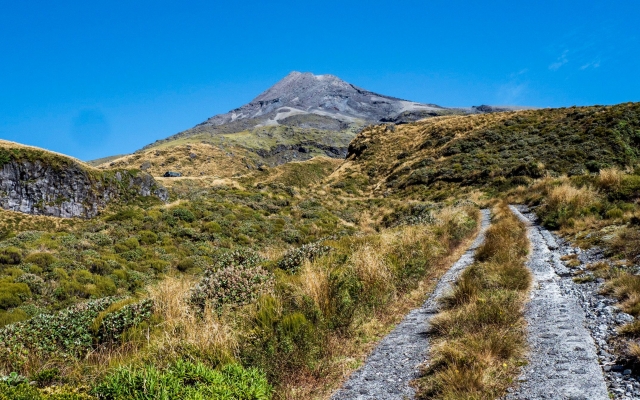 Mount Taranaki is easily accessible during the summer months. Photo: TETRA IMAGES
Mount Taranaki is easily accessible during the summer months. Photo: TETRA IMAGES
«Due to recent spring weather, the ice has softened and the snow delayed the climber's fall,» a police spokesman said. “He is extremely lucky to be alive.”
Police stressed that climbing the mountain requires experience and the right equipment.
“Failing to have the right equipment could lead to a very different ending . «, the spokesman added.
At over 8,000 feet, Mount Taranaki is the second highest peak on the north island.
Although it is quite accessible in the summer months, weather conditions can be challenging in winter spoil quickly.
Two experienced climbers attempting to scale the mountain in May 2021 fell nearly 600 feet to their deaths in the same area where the latest incident occurred.
An investigation later found that the couple had poorly planned and misjudged difficulty of the route.
A French climber also died after falling from the same peak in 2016.
'Deadliest mountains'
The New Zealand Mountain Safety Council describes Mount Taranaki as challenging for climbers. year-round, warning of its reputation as one of the country's «deadliest mountains.»
In 1770, British explorer Captain James Cook named it Mount Egmont in honor of the former First Lord of the Admiralty.
Cook described it as “of incredible height, with a summit covered with perpetual snow”…..…surrounded by “flat country, affording a very beautiful view.”
It was later officially renamed Mount Taranaki Maunga in honor of the Maori tribe living in the area.
The surrounding national park is still known as Egmont.



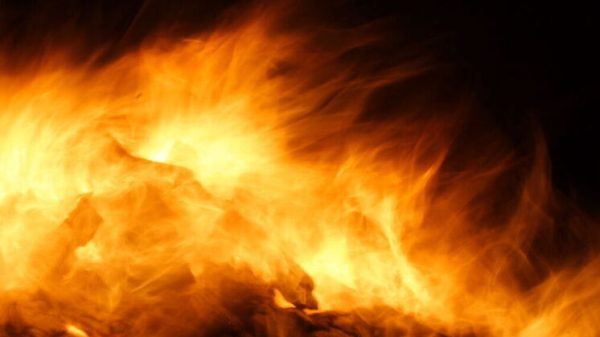















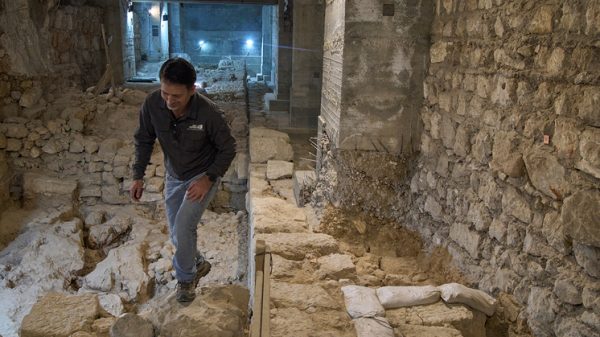
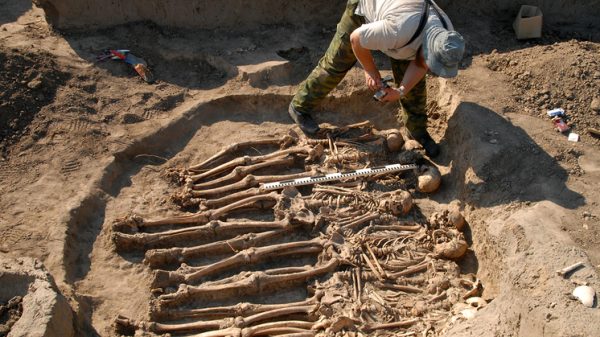


































Свежие комментарии